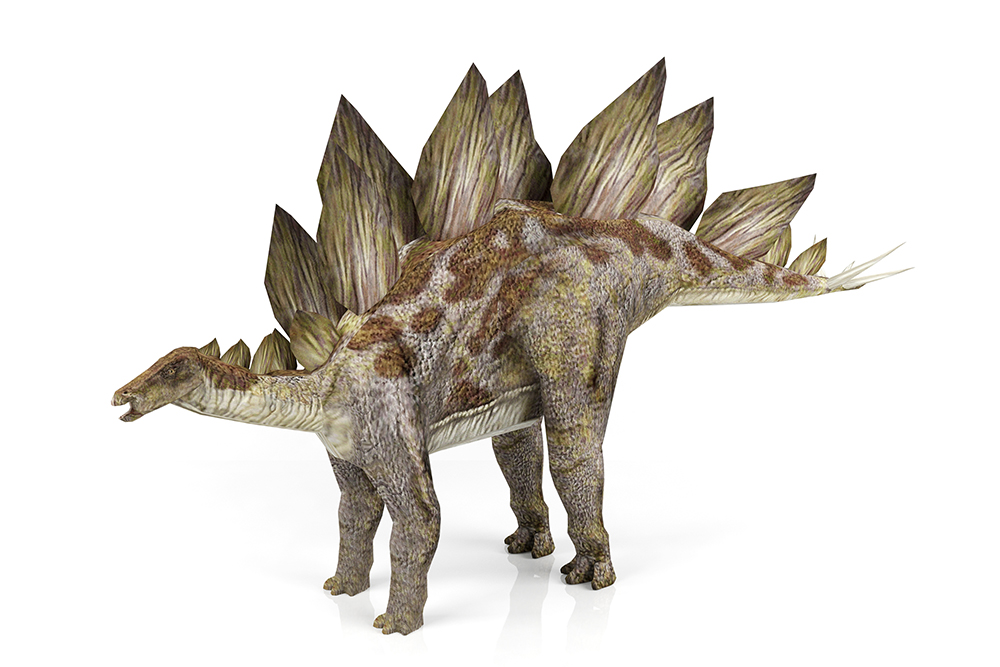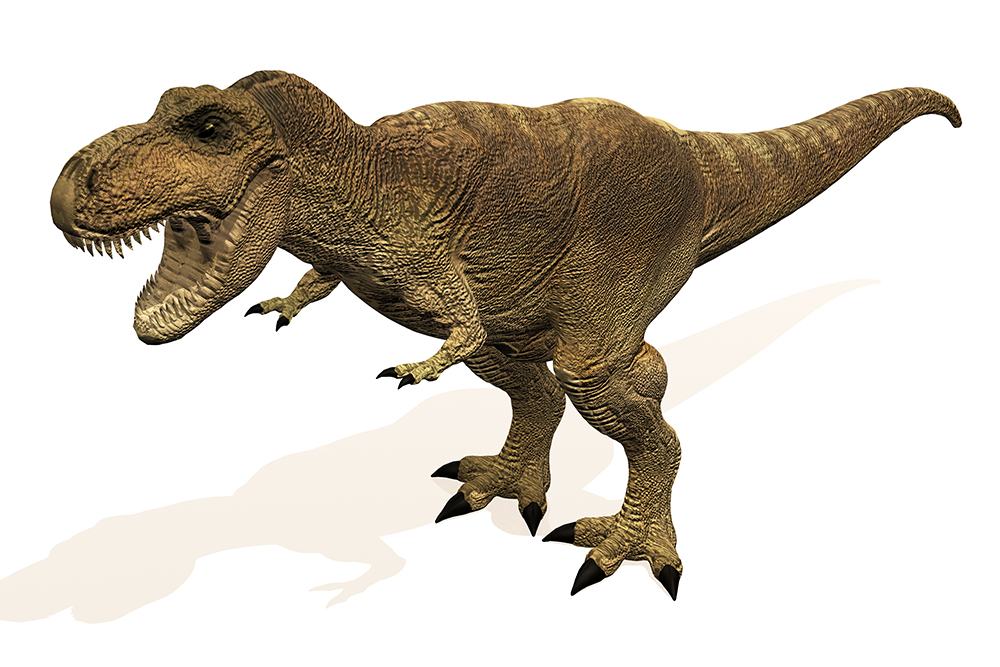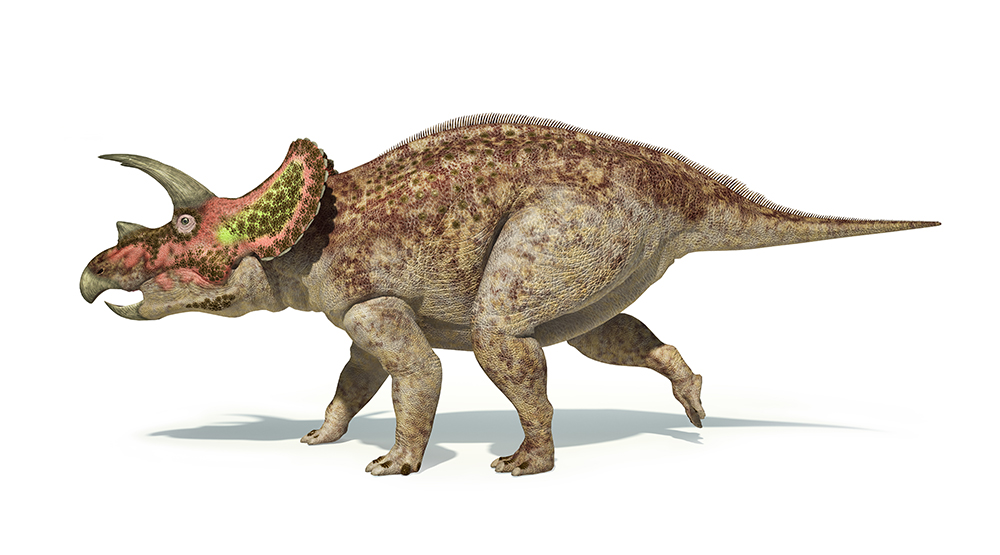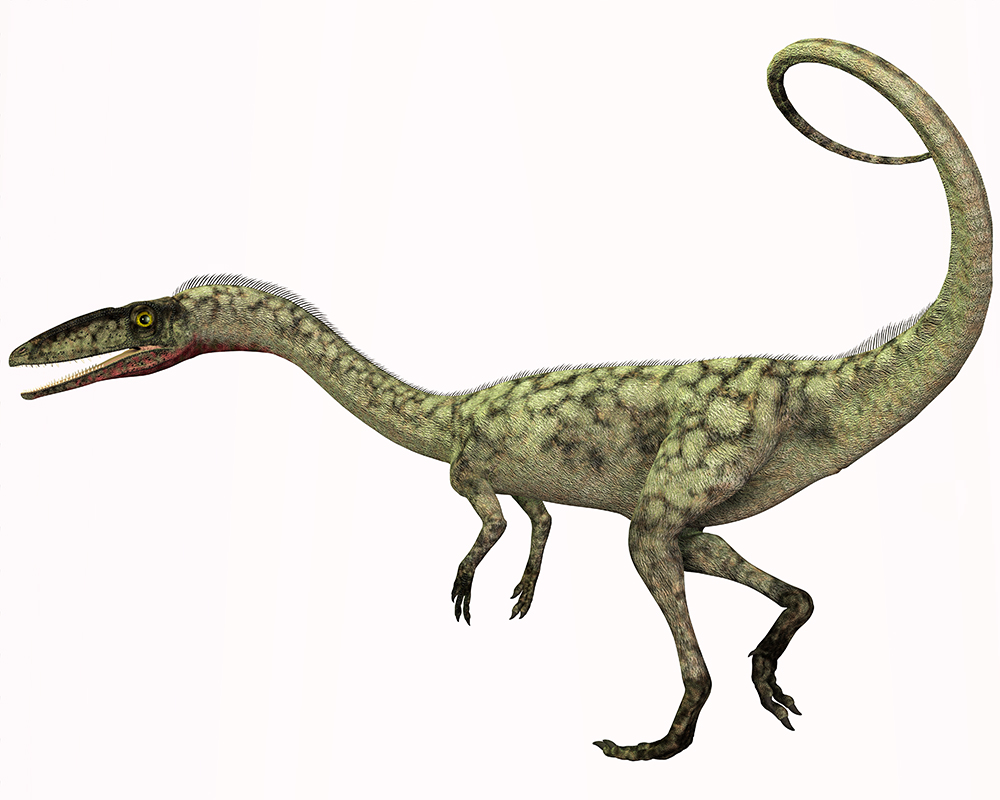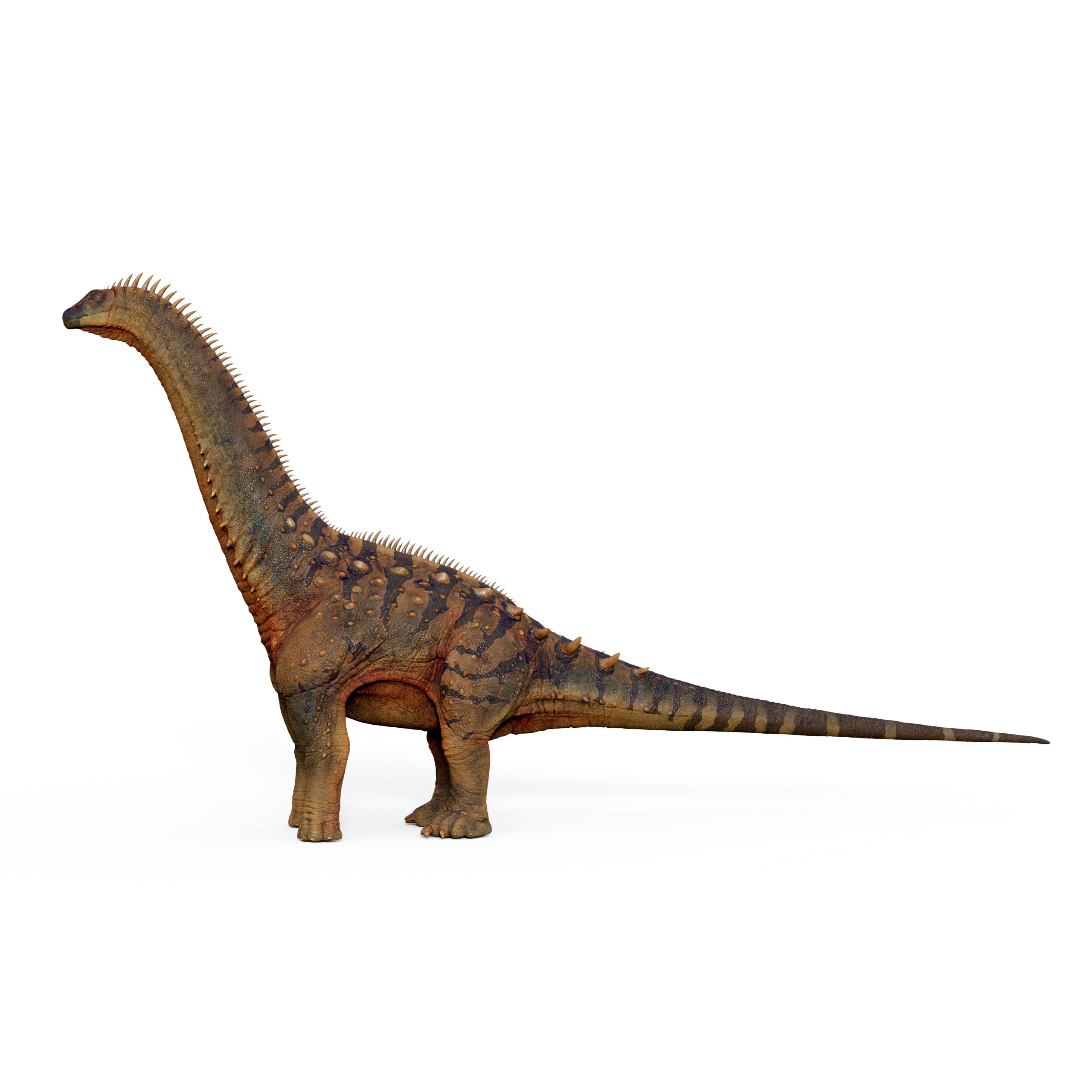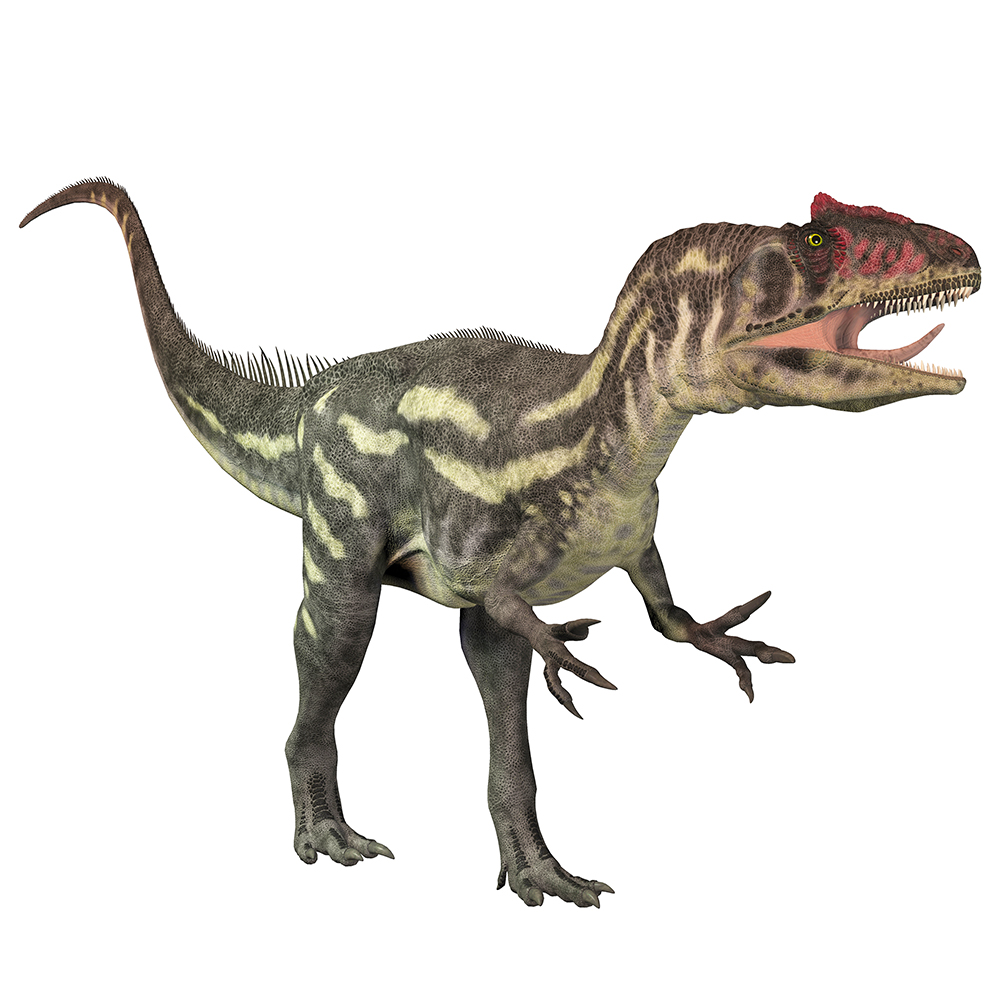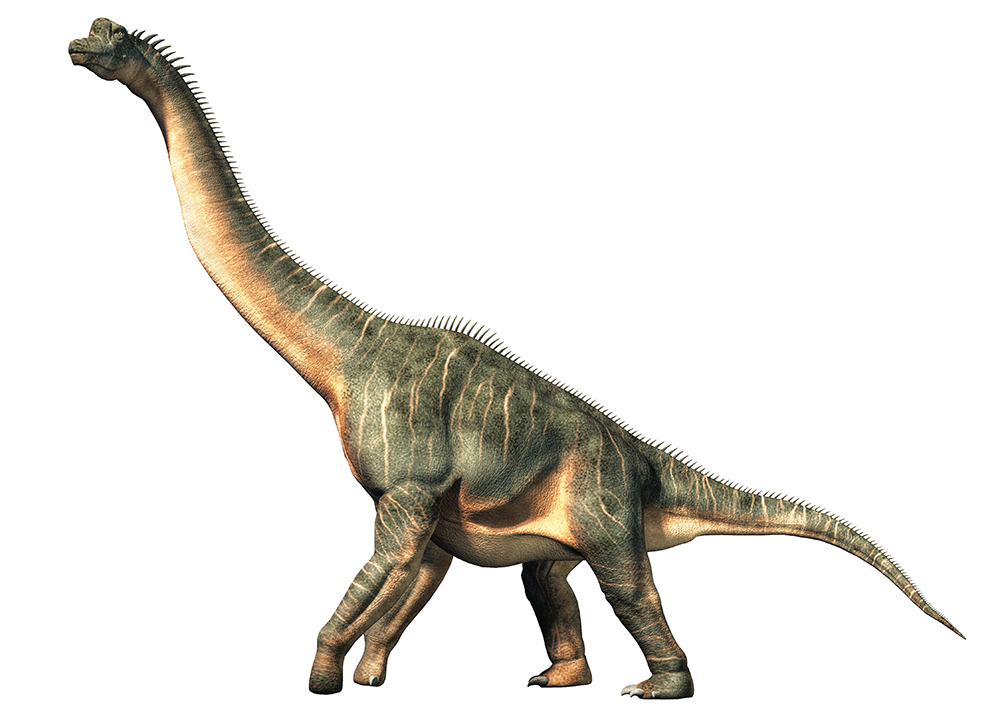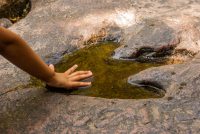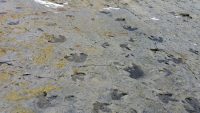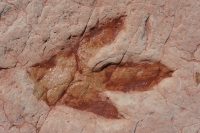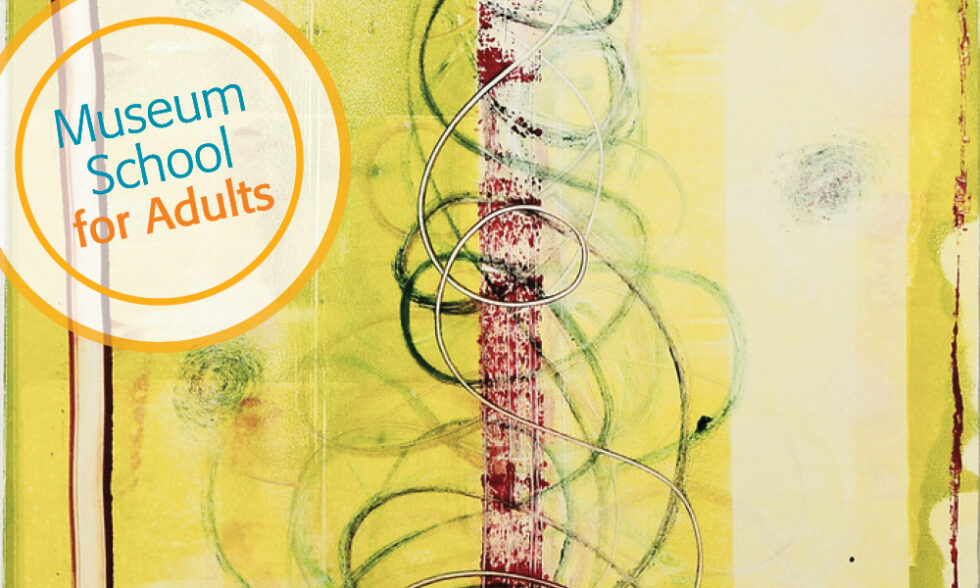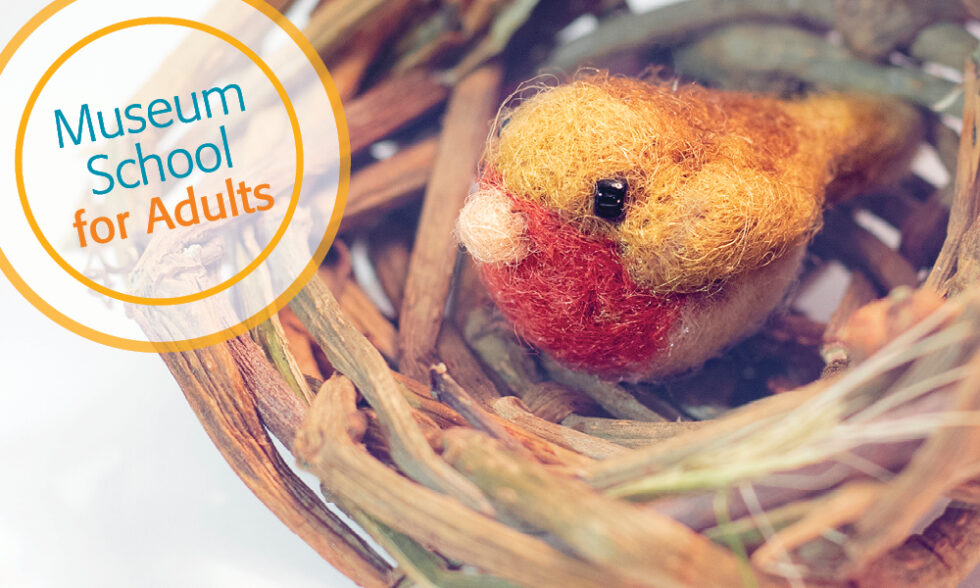Enjoy virtual school vacation week activities, inspired by the special exhibit Dinosaur Train and our permanent collections.
Did you know that the first prints identified as dinosaur tracks in North America were found right here in the Connecticut River Valley?
In 1802, a 12-year-old boy named Pliny Moody was working on his family’s farm in South Hadley, Massachusetts, when he uncovered a set of footprints. He and his family believed that they were the tracks of a large bird. A local doctor purchased the footprints when Pliny went to college and later sold them to Dr. Edward Hitchcock. They are on view at the Beneski Museum of Natural History at Amherst College.
Why should we study dinosaur tracks?
We can learn about dinosaurs height, weight, gait, group size, and even what they might have eaten just by looking at their footprints!
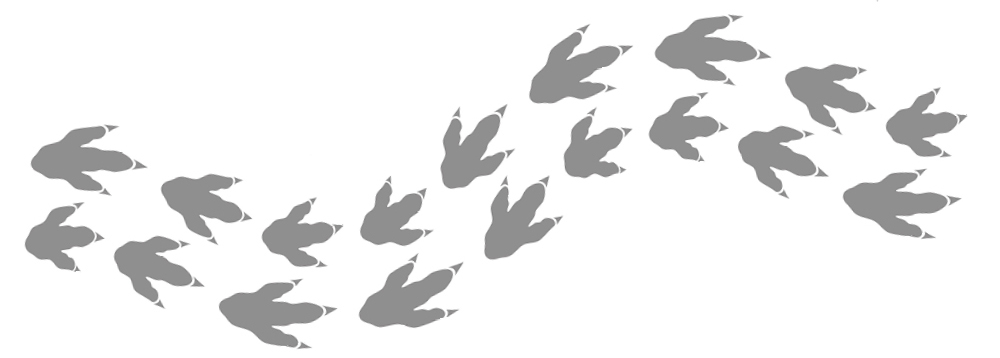
Most dinosaurs that were herbivores (plant-eaters) walked on four feet, while most carnivores (meat-eaters) walked on two feet. Can you guess what these dinosaurs ate just by counting their feet? Scroll through the gallery or print out the worksheet. What would the tracks made by these dinosaurs look like?
You can learn about the different sizes of dinosaur tracks at home using a measuring tape. Using the chart below, measure out the actual lengths of these tracks that dinosaurs left behind. Were any bigger or smaller than you expected?

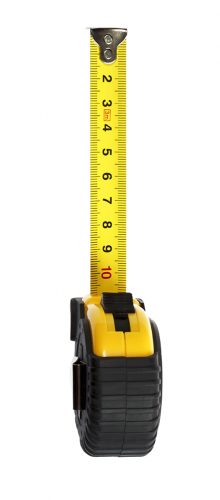
You can try to create your own prints using this 2-ingredient homemade dough recipe.
You will need:
- ½ cup of hair conditioner
- 1 cup of corn starch
- Plastic dinosaur (optional)
Mix the hair conditioner and corn starch together to form a silky-feeling dough.
If you have a plastic dinosaur, you can make it walk through the dough to create footprints. If not, you can try a toothpick, cotton swabs, or a spoon to make shapes.
We’ve included some images for inspiration.
Share your creation with us using #AtTheMuseums.




